Palaeontology
Type of resources
Topics
Keywords
Contact for the resource
Provided by
Years
Formats
Representation types
Update frequencies
Scale
-
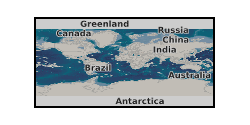
Micro CT scans and associated documents (3d files, animations, segmentation files, data files etc) of palaeontological material.
-
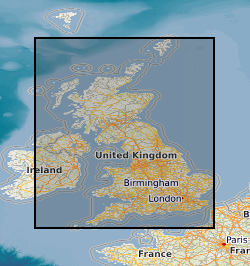
Registers of macrofossils in 127 volumes, covers the whole of the UK. Within each volume, data is arranged sequentially usually by collectors no. The data set began with the first Palaeontologist in the Geological Survey of Great Britain.
-
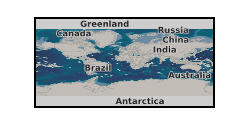
Registers dating from the 1950s listing some of the macrofossil collections held in the Geological Survey of Ireland between 1868 and 1875. They are numbered sequentially, but as they are a selection only, there are some gaps in the numbers. Numbers included are: I1-4893; K1253-4937;L319-3247;N961-3066;O4521-5000; P1-4393; R1-1270;S1978-2099; T1-500 and U1-2113.
-
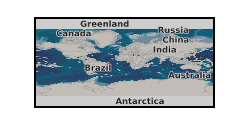
5 volumes of macrofossils illustrated in the Quaterly Journal Of The Geological Society are given identifications and locality details together with the bibliographic reference. A few are foreign, but most are from the UK. The first date given is QJGS volume 12 for 1856. Last date mentioned is 1912. Numbers used: GS1-7886; GSA1-5000; GSB1-5000; GSC1-5000;GSD1-6415. The data set is closed, but occasional modification to the registers are infrequently made to update or correct certain specimens.
-
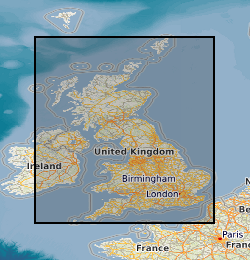
Registers of macrofossils arranged by 1" (one inch ro the mile) or 1:50 000 scale English geological sheets. Each register is numbered 1-359 and each sheet has one or more volumes. Within each volume, data is arranged by collectors symbol. This is the system used in the Leeds office (the London office had a different system- see MACROLONDON). It is this system that is currently in use.
-
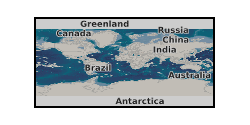
Interrelated specimens and records compiled over 150 years of palaeontological collecting and research. All associated paper data (registers, indexes of locality and storage, reports of conclusions).
-
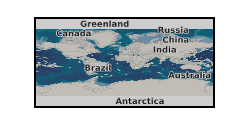
Data include geological logs and charts; letters, minutes & memos; notes; externally written reports; Internal reports; Research Reports; annotated publications, records and reports; and other miscellaneous documentation. Although some of the data go back to the first half of the 20th century (and rarely earlier), the bulk of the data refer to work carried out since about 1960. The data are filed under four subheadings: i. 1:50K sheet files (data relating to BGS mapping projects) for England & Wales, Scotland and Northern Ireland. ii. Offshore sheet files (data relating to BGS mapping projects) for the UK continental shelf and North Atlantic. iii. Offshore Quadrants (data relating to the hydrocarbons industry) (confidential). iv. Foreign biostratigraphy (in part confidential). v. General Palaeontology, Biostratigraphy & Taxonomy.
-
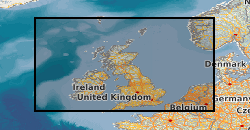
Added value microfossil analyses carried out on material from the British Continental shelf are included. Sample number, borehole details, locality and geological information are given together with microfossil identification. The identification logging sheets are housed in box files. Symbols included: CSA1-2205 Continental Shelf Unit North; CSB1-6047 Continental Shelf Unit South; CSC1-7134 Offshore microfossils; CSD1-507 Offshore microfossils; CSE1-6826 Offshore microfossils (incidental and occasional macrofossil data are included). The raw data is held in CONTSHELFRAW and the interpretative reports relating to the microfossils are held elsewhere (TECHREPORTS).
-
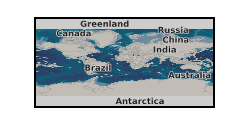
Published paper associated with NERC grant NE/F011091/1. Price, G.D., Twitchett, R.J., Wheeley, J.R., Buono, G. 2013. Isotopic evidence for long term warmth in the Mesozoic. Scientific Reports, 3, 1438. doi: 10.1038/srep01438
-
These files comprise lists of neogastropod species from the Early Cenozoic of Seymour Island, Antarctica and tropical counterparts in both the US Gulf Coast and Paris Basin. They comprise a key part of the raw data analysed in the paper Crame et al. (2018). For each of these three localities species are listed in taxonomic order, following conventional taxonomic notation. Faunas are listed for the Paleocene, Early Eocene and Middle Eocene time intervals for the two tropical localities, but only for the Paleocene and Middle Eocene of Antarctica. The accurate location of all the localities is given in a series of published papers. The Seymour Island samples were collected across three field seasons; 1999, 2006 and 2010. The US Gulf Coast and Paris Basin data were constructed from existing literature. Funding was provided by the NERC grants NE/I005803/1 and NE/C506399/1.
 NERC Data Catalogue Service
NERC Data Catalogue Service